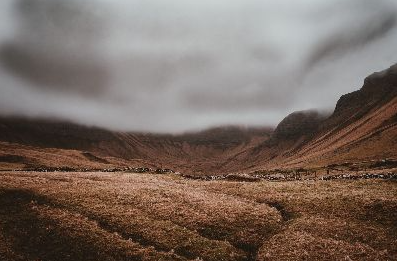
the risk of the self
There's a difference between fitting in and belonging. When we fit in, we're who others expect us to be. When we belong, we're who we really are.
While this distinction may feel clear to our minds, in our bodies it’s not always so straightforward.

cultivating your care team
Contrary to what we’re often sold, our personal wellness requires the care and attention of the collective. When we’re feeling vulnerable, we may default to pulling in and hiding until the storm passes (my go to) or sharing our challenges with a ton of people to explain why we're "off" … and later regretting it. This makes sense. Sadly, in our western(ized) society, which is structured by the illusion of individualism and the false idea of a meritocracy, we’re simply not shown models of how to lean on others (and be leaned on in return) in a healthy way. We’re told that needing is “weakness.”

practice: re-meeting your body
Sometimes it feels like our bodies don’t quite fit. They don’t move how we move. They don’t look or we look. It’s as though we’re buried in a sumo suit of flesh and emotions that don’t accurately reflect who we really are. The real you is less messy, more grounded, less anxious and more confident. The real you is comfortable in her own skin.

decolonization begins in the body
As a brown girl with short curly hair, DDD breasts and a tummy, what’s been reflected by our media, government and culture is that this body is not enough.

burn it down
We’re standing with our feet in the fire. The natural tendency is to want to put the flames out — reach for the bucket, stop feeling and start doing. While that may alleviate some pain in the short term, engaging in actions to push away feelings of “less than” is a tool that systems of inequity use to keep internalized structures of oppression intact. Our suffering becomes our fault.
